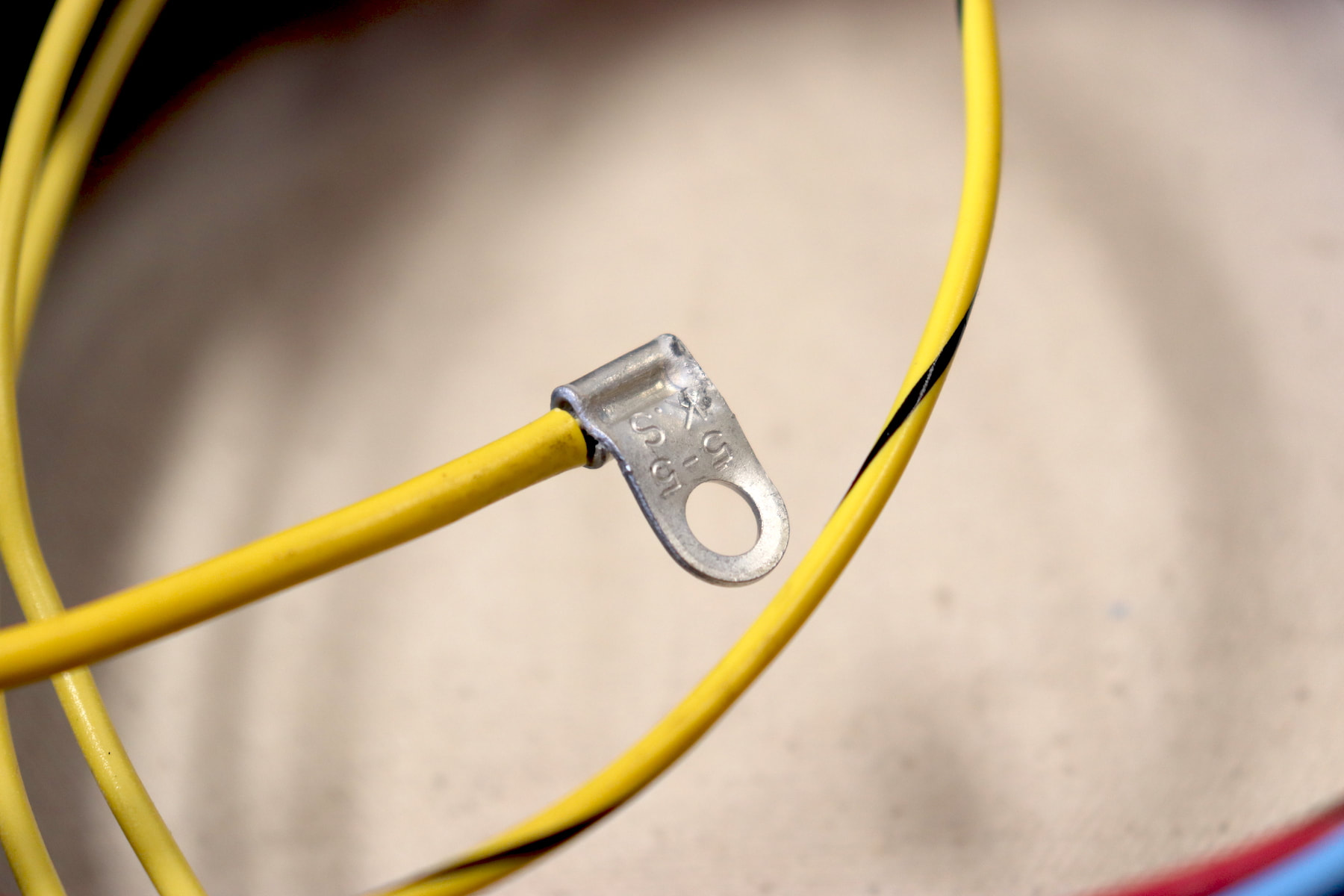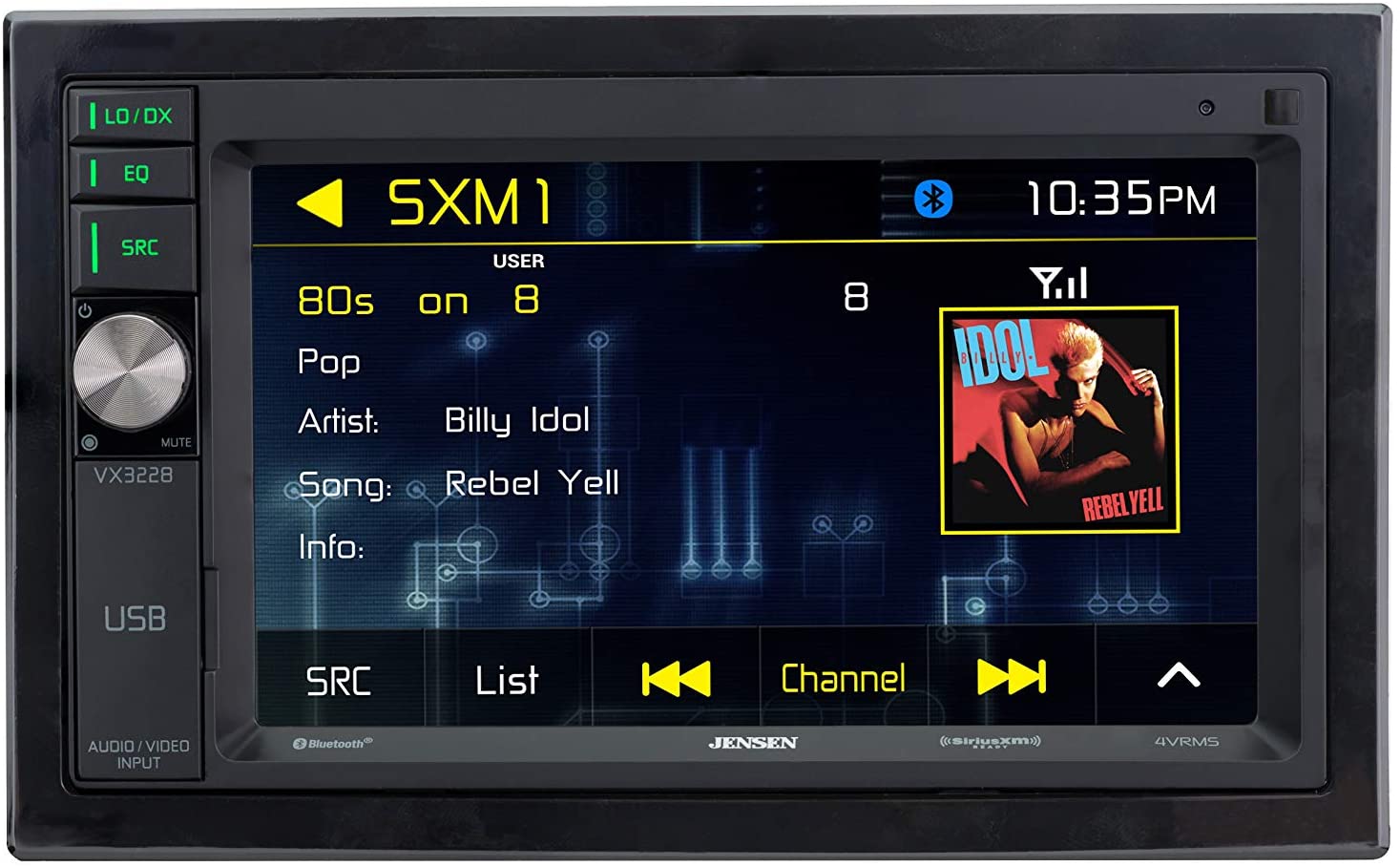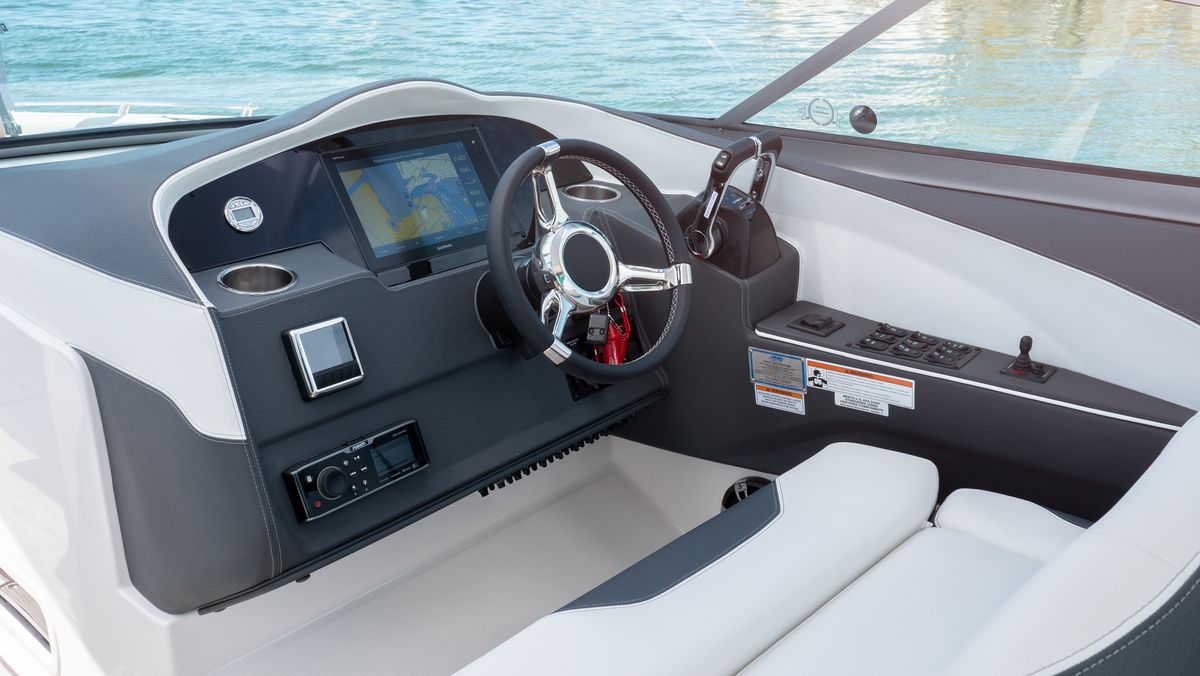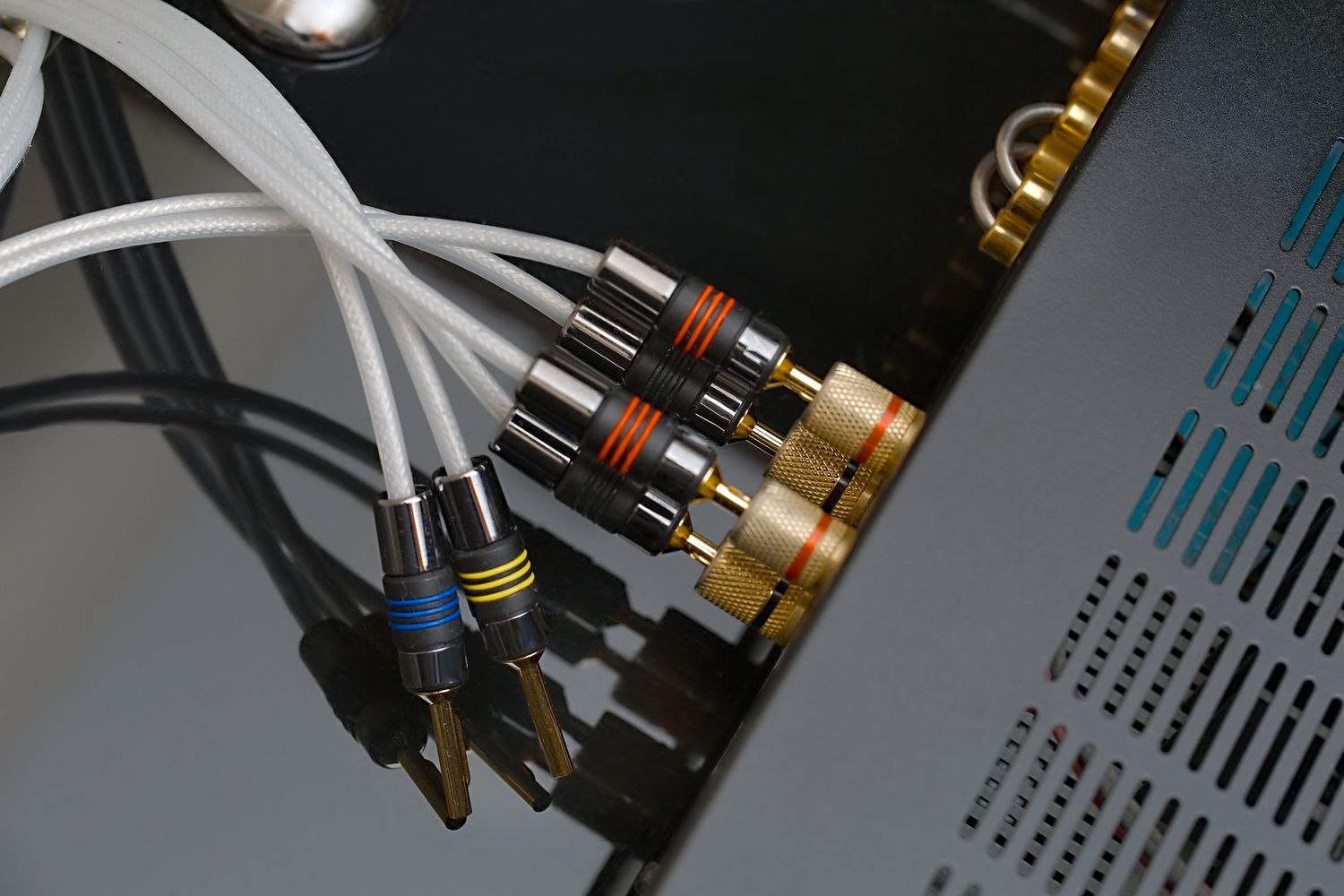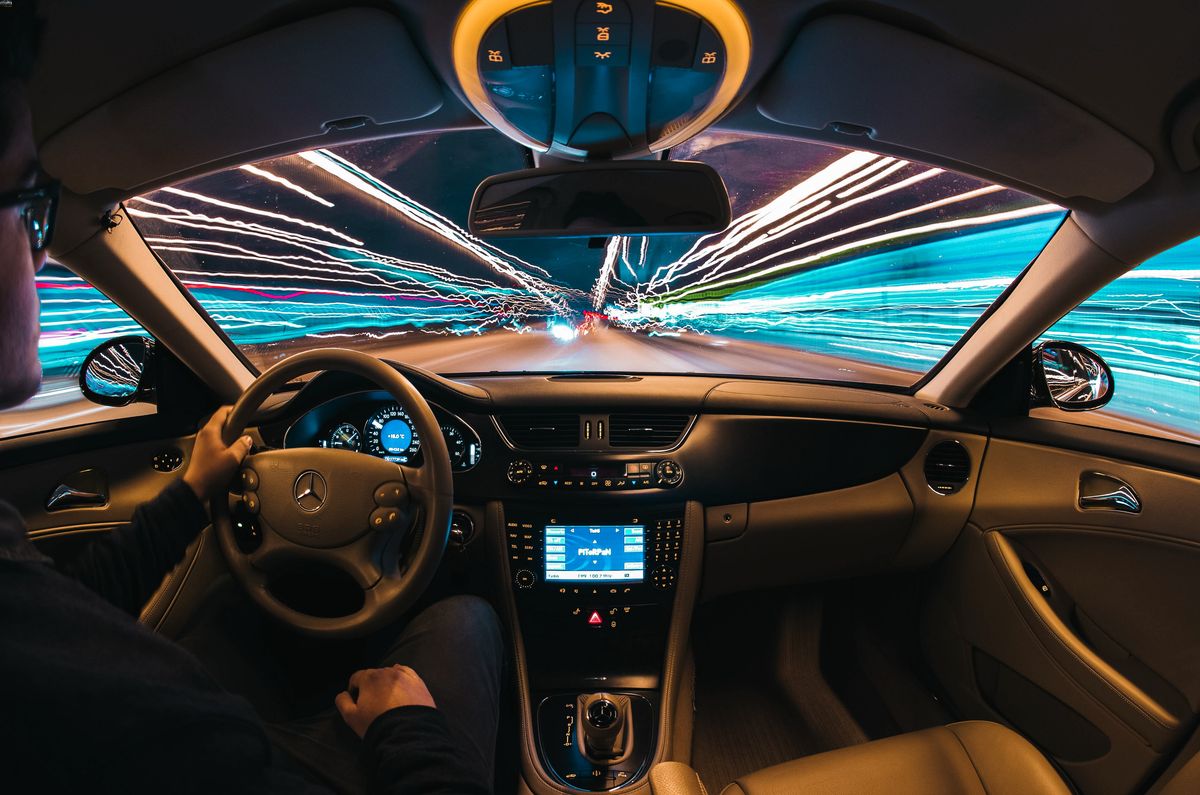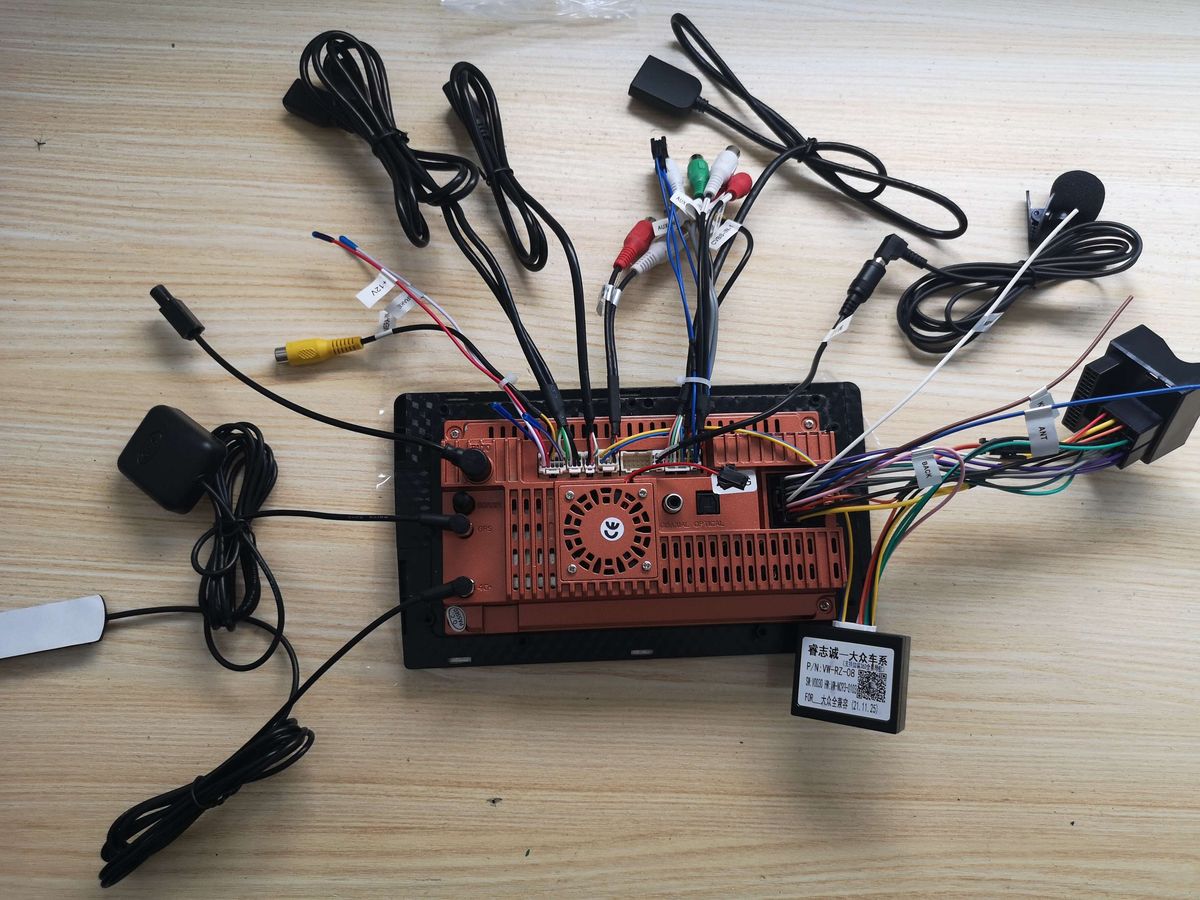Home>Production & Technology>Stereo>What Is Accessory Wire On Car Stereo


Stereo
What Is Accessory Wire On Car Stereo
Modified: January 22, 2024
Learn what accessory wire on car stereo is and how it powers additional components. Upgrade your stereo system with this essential feature for optimal sound experience.
(Many of the links in this article redirect to a specific reviewed product. Your purchase of these products through affiliate links helps to generate commission for AudioLover.com, at no extra cost. Learn more)
Table of Contents
Introduction
Welcome to the world of car stereos, where high-quality audio and seamless connectivity come together to enhance your driving experience. Car stereos have come a long way from their humble beginnings, and with advancements in technology, they now offer a plethora of features that cater to the needs and preferences of every music lover.
One important component of a car stereo system is the accessory wire. While it may seem insignificant, the accessory wire plays a crucial role in ensuring the smooth operation and functionality of your car stereo. In this article, we will explore the concept of the accessory wire on a car stereo and delve into its purpose and wiring connections.
Whether you’re an audio enthusiast or a casual driver looking to upgrade your car’s sound system, understanding the accessory wire and its functions will help you make the most out of your car stereo. So, let’s jump right in and unravel the mysteries of the accessory wire on a car stereo!
Definition of Accessory Wire
The accessory wire, also known as the ACC wire or ignition wire, is an essential part of a car stereo system. It is a wire that connects the car stereo to the vehicle’s electrical system, specifically to the accessory power circuit. The accessory power circuit provides power to various components of the vehicle, such as the car stereo, power windows, and interior lights.
The accessory wire is typically color-coded in red or another bright color to distinguish it from other wires in the car’s electrical harness. It is connected to the car’s ignition switch, which allows the car stereo to turn on and off with the ignition key. When the ignition key is turned to the “on” position, power flows through the accessory wire, activating the car stereo system.
It is important to note that the accessory wire is not responsible for powering the car stereo directly. Instead, it serves as a signal wire that informs the stereo when to power on and operate. Once the car stereo receives the signal from the accessory wire, it engages the power wire to draw power from the vehicle’s battery or electrical system.
Overall, the accessory wire serves as a critical link between the car stereo and the vehicle’s electrical system, ensuring that the stereo functions in sync with the car’s ignition state.
Purpose of Accessory Wire on Car Stereo
The accessory wire on a car stereo serves several important purposes that contribute to the overall functionality and convenience of the system. Let’s take a closer look at why the accessory wire is a crucial component:
- Power Management: The primary purpose of the accessory wire is to manage the power supply to the car stereo. When the ignition key is turned to the “on” position, the accessory wire receives power from the vehicle’s electrical system, allowing the car stereo to turn on. Similarly, when the key is turned to the “off” position, the accessory wire cuts off power, shutting down the stereo. This feature ensures that the car stereo is only active when the vehicle is in use, preserving battery life and preventing unnecessary power drain.
- Convenience: The accessory wire enables seamless integration between the car stereo and the vehicle’s ignition system. With the accessory wire properly connected, the car stereo automatically turns on and off along with the ignition. This eliminates the need for manual control, allowing the driver to focus on the road without having to remember to turn the stereo on or off.
- Safety and Security: By tying the operation of the car stereo to the ignition switch, the accessory wire enhances safety and security. When the ignition is off, the car stereo is also off, preventing distractions that can compromise driver attention. Additionally, the accessory wire prevents unauthorized access to the stereo system as it can only be powered on when the ignition key is present.
- Compatibility: Many car stereo systems come equipped with advanced features, such as Bluetooth connectivity and hands-free calling. The accessory wire ensures that these features work seamlessly with the vehicle’s electrical system. It allows the stereo to communicate with other components, such as the speakers and microphone, enabling a smooth and integrated audio experience.
Overall, the purpose of the accessory wire on a car stereo is to provide efficient power management, convenience, safety, and compatibility with the vehicle’s electrical system. It is a vital component that ensures the proper operation of the car stereo and enhances the overall driving experience.
Wiring Connections for Accessory Wire
Proper wiring connections for the accessory wire are crucial to ensure the seamless operation and functionality of the car stereo system. Here are the key steps involved in connecting the accessory wire:
- Identify the Accessory Wire: Locate the accessory wire in your vehicle’s wiring harness. It is typically color-coded in red or another bright color. You can consult the vehicle’s wiring diagram or use a multimeter to confirm the correct wire.
- Prepare the Car Stereo Wiring Harness: If necessary, cut off the connector from the car stereo’s wiring harness to expose the individual wire ends. The accessory wire is usually labeled as “ACC” or “IGN” on the car stereo’s wiring diagram.
- Connect the Accessory Wire: Strip a small section of insulation from the end of the accessory wire in the vehicle’s wiring harness. Similarly, strip a small section from the accessory wire on the car stereo’s wiring harness. Twist the exposed wire ends together and secure them using electrical tape or a wire connector. You can also use crimp connectors for a more secure and reliable connection.
- Secure the Wiring: Once the wires are connected, ensure that they are properly insulated to prevent short circuits or loose connections. Use electrical tape or wire loom to cover the exposed wire sections and secure them in place. Make sure the wiring is neatly organized and tucked away to avoid any interference or damage.
- Test the Connection: Before finalizing the wiring connection, it’s essential to test the functionality of the accessory wire. Insert the ignition key and turn it to the “on” position. The car stereo should power on automatically. If the stereo doesn’t turn on or behaves erratically, double-check the wiring connection and troubleshoot any potential issues.
It’s important to note that the specific wiring connections can vary depending on the make and model of your car and the type of car stereo you are installing. Always consult the user manual and wiring diagrams provided by the manufacturer for accurate instructions and guidance.
Remember to exercise caution when working with electrical connections and ensure that the vehicle’s power source is disconnected before starting the wiring process. If you’re not confident in your abilities, it is recommended to seek professional assistance to ensure a safe and proper installation.
Common Use Cases for Accessory Wire
The accessory wire on a car stereo serves various practical purposes, making it a valuable component in the overall functionality of the system. Here are some common use cases for the accessory wire:
- Powering the Car Stereo: The primary use of the accessory wire is to power the car stereo. When the ignition key is turned to the “on” position, the accessory wire provides the necessary power to the stereo system, allowing it to turn on and function. This ensures that you can enjoy your favorite music and audio while on the road.
- Retaining Memory Settings: Many car stereo systems come equipped with memory settings that store preferences such as radio presets, equalizer settings, and Bluetooth pairings. The accessory wire is responsible for supplying power to the memory circuit, enabling the stereo system to retain these settings even when the vehicle is powered off. This saves you the hassle of reconfiguring your audio preferences every time you start the car.
- Powering Auxiliary Devices: Some car stereos feature auxiliary inputs or USB ports that allow you to connect external devices such as smartphones, MP3 players, or portable audio players. The accessory wire supplies power to these input sources, enabling you to charge or play your devices through the car stereo system. This ensures seamless integration and easy accessibility of your favorite music and media files while on the go.
- Controlling Amplifiers and Speakers: In high-end car audio setups, amplifiers or external speakers may be connected to the car stereo system. The accessory wire is responsible for providing a remote turn-on signal to these components, allowing them to power up or power down along with the car stereo. This ensures that all the audio components work in sync, delivering a synchronized and immersive sound experience.
- Enabling Steering Wheel Controls: Many modern vehicles come equipped with steering wheel-mounted controls for audio volume, track selection, and phone call management. The accessory wire connects the car stereo system to these steering wheel controls, allowing you to conveniently operate the audio functions without taking your hands off the wheel. This enhances driver safety and provides a user-friendly interface for managing audio playback.
These are just a few examples of the common use cases for the accessory wire on a car stereo. The accessory wire plays a vital role in powering the stereo system, retaining memory settings, facilitating connectivity with auxiliary devices, controlling external components, and enabling convenient steering wheel controls. It is an essential component that enhances the functionality and customization options of your car audio system.
Troubleshooting Issues with Accessory Wire
While the accessory wire on a car stereo is crucial for its proper functioning, it can sometimes present challenges that may require troubleshooting. Here are some common issues with the accessory wire and potential solutions:
- No Power to the Car Stereo: If your car stereo isn’t receiving any power when the ignition key is turned on, there could be an issue with the accessory wire connection. Check if the accessory wire is properly connected to the vehicle’s electrical system and the car stereo. Ensure that the wire connections are secure and free from any corrosion or damage. If the connections seem fine, there might be a fuse issue. Check the fuse box and replace any blown fuses.
- Intermittent Power Loss: If your car stereo experiences intermittent power loss or turns off and on randomly, it could be due to a loose or faulty accessory wire connection. Double-check the wiring connections and ensure that they are secure and properly insulated. It’s also possible that there is a problem with the ignition switch itself. Consider seeking professional assistance to diagnose and resolve the issue.
- Memory Loss: If your car stereo is not retaining memory settings, such as radio presets or equalizer settings, there may be a problem with the accessory wire connection to the memory circuit. Check the wiring connection of the accessory wire to ensure it is properly connected. If the issue persists, consult the user manual or contact the manufacturer for guidance on troubleshooting and resolving the memory loss issue.
- Steering Wheel Controls Not Working: If the steering wheel controls for your car stereo are not functioning, it could be an issue with the accessory wire connection. Check if the accessory wire is connected to the appropriate steering wheel control interface. If the connections are correct, ensure that the steering wheel control interface is compatible with your car stereo system. Consult the user manual or contact the manufacturer for further troubleshooting steps.
- Unexpected Power Drain: If your vehicle’s battery is draining quickly, it is possible that there is a power drain issue related to the accessory wire. Double-check the accessory wire connection to ensure that it is properly connected and not causing any short circuits. If the issue persists, there may be a problem with the car stereo or other components drawing excessive power. Consider seeking professional assistance to diagnose and resolve the power drain problem.
It is important to exercise caution when troubleshooting electrical issues with the accessory wire. If you are unsure or uncomfortable with performing the troubleshooting steps on your own, it is recommended to consult a professional car audio technician who can diagnose and resolve the issues effectively.
Conclusion
The accessory wire on a car stereo may seem like a small component, but it plays a significant role in ensuring the seamless operation and functionality of the system. From powering the stereo to retaining memory settings and enabling various features, the accessory wire enhances the overall audio experience while providing convenience and safety.
Understanding the wiring connections and troubleshooting potential issues with the accessory wire is crucial for maintaining optimal performance. By properly connecting the accessory wire and troubleshooting any issues that may arise, you can enjoy uninterrupted audio playback, convenient control, and a personalized driving experience.
Whether you’re a music enthusiast looking to upgrade your car’s sound system or a casual driver who appreciates quality audio, the accessory wire is an essential component that should not be overlooked. Take the time to familiarize yourself with the wiring connections and seek professional assistance if needed to ensure a proper installation and functionality of your car stereo system.
So, the next time you sit behind the wheel and turn on your car stereo, remember the role that the accessory wire plays in delivering your favorite tunes and enhancing your driving experience. Embrace the power of audio and enjoy the journey ahead!

